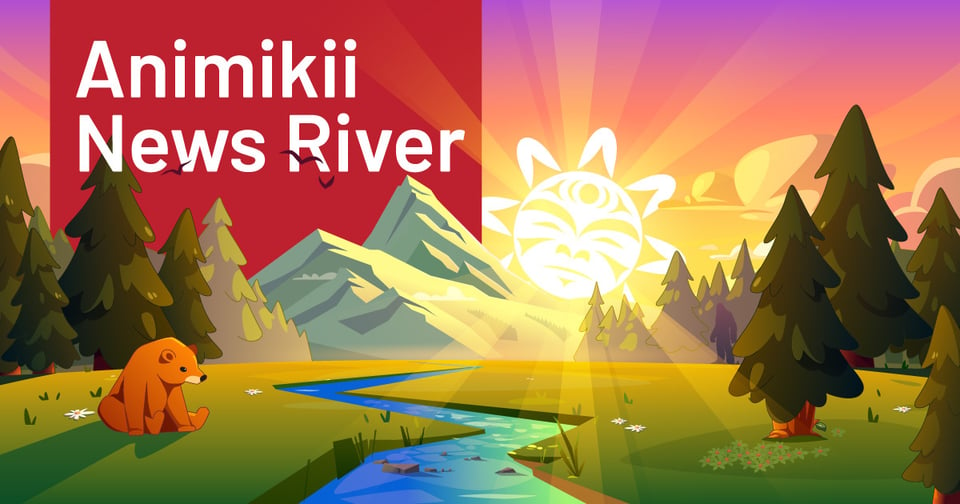Protecting Indigenous Knowledge online

Boozhoo News River readers,
This summer, we have been excited to see discussions about Indigenous Data Sovereignty taking place on social media and elsewhere online.
People are taking interest in what IDS looks like in a variety of contexts, and practical ways that people can apply these principles in their work.
Here’s an example: A U of T Information Studies scholar shares how Zoom’s proposed Terms of Service rewrite would permit the extraction of user data for training AI models, which could expose sacred Indigenous knowledge to exploitation.
Want to learn how you can protect yourself from data exploitation without reading all the fine print? Check out this article on How to Quickly Get to the Important Truth Inside Any Privacy Policy from the Markup.
Indigenous Data Sovereignty Roundup
Further reading on what Indigenous Data Sovereignty looks like today, for the reader with a bit more time on their hands:
- Considerations for collecting data on race and Indigenous identity during health card renewal across Canadian jurisdictions - Canadian Medical Association Journal
- Applying the ‘CARE Principles for Indigenous Data Governance’ to ecology and biodiversity research - Nature Ecology & Evolution
In an era where data has become a commodity, the truth and control of Indigenous data are vital.
Our #DataBack eBook explores the right of Indigenous Nations and organizations to govern data beyond commodification, leading to recognition and reclamation.
If you haven’t already, get your copy of the #DataBack eBook here:
We’re grateful to have our headquarters on traditional territory of the Lək̓ʷəŋən (Lkwungen, Songhees and Esquimalt) Peoples of the Coast Salish Nation.
Animikii Inc. 1100 Admirals Rd. Victoria, BC V9A 2P6
You're receiving this because you signed up for the Animikii News River. You can unsubscribe at any time.

